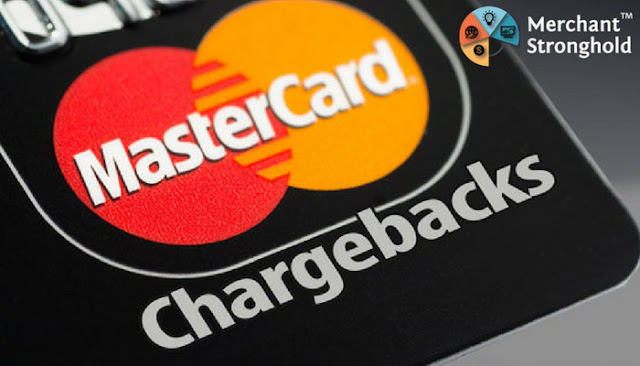MasterCard Chargeback Rules: Few Issues for High-Risk Merchant
Chargebacks present a disappointing issue to merchants. Banks and merchants alike should know these MasterCard chargeback principles and rules all around to forestall fines, adversities, and potential negative results from MasterCard.
Rule #1: What Is a Chargeback, According to MasterCard?
MasterCard chargeback rules for banks and merchants
As by the latest MasterCard chargeback Guide, this real MasterCard organization characterizes a chargeback as a “system in which a guarantor charges all or part of the measure of a trade exchange back to the acquirer as per MasterCard controls.” The cardholder then gets a credit in their account for the charged sum.
A chargeback procedure starts when a cardholder contacts their guarantor around an exchange and contends that it is invalid. Now and again, the cardholder can likewise question an exchange. The backer will then give back the exchange to the bank.
Rule #2: The Chargeback Timeline
A standout amongst the most critical MasterCard chargeback rules traders need to know is to what extent they need to question a chargeback. MasterCard has specific necessities around chargeback courses of events, and every reason code has unmistakable controls. In that capacity, it’s vital for dealers to have the capacity to rapidly and proficiently react to charge debate, paying little respect to the cause.
Rule #3: Bank Reporting Requirements
MasterCard has a system set up intended to help banks screen the vendors who utilize their administrations. This is known as the Excessive Chargeback Program, and it sets tenets and controls for observing traders’ chargeback exhibitions. Banks are required to report back to MasterCard on the off chance that they presume that a dealer has come to or surpassed their chargeback limit for any given month.
Rule #4: How MasterCard Monitors Merchants
The proportion of the number of chargebacks to date-book month is somewhat entangled, which is the reason MasterCard has assigned the best possible approach to figure what’s worthy. The chargeback-to-exchange proportion alludes to the number of chargebacks the bank gets in one month, separated by the number of exchanges the dealer handled in the past date-book month. The last figure ascertained is regarding “premise focuses.” For instance, if an organization has a chargeback-to-exchange proportion of 1 percent, the organization has 100 premise focuses.
DO YOU NEED HELP?
Teaching yourself about card guarantor and processor arrangements can just take you in this way. Particularly in case, you’re encountering a higher recurrence of chargebacks than at any other time. Components like MasterCard reason codes can introduce more disarray than determination. Particularly in case, you’re managing the issue of benevolent misrepresentation.
You can solve your Chargebacks Problems with Merchant Stronghold.




Comments
Post a Comment